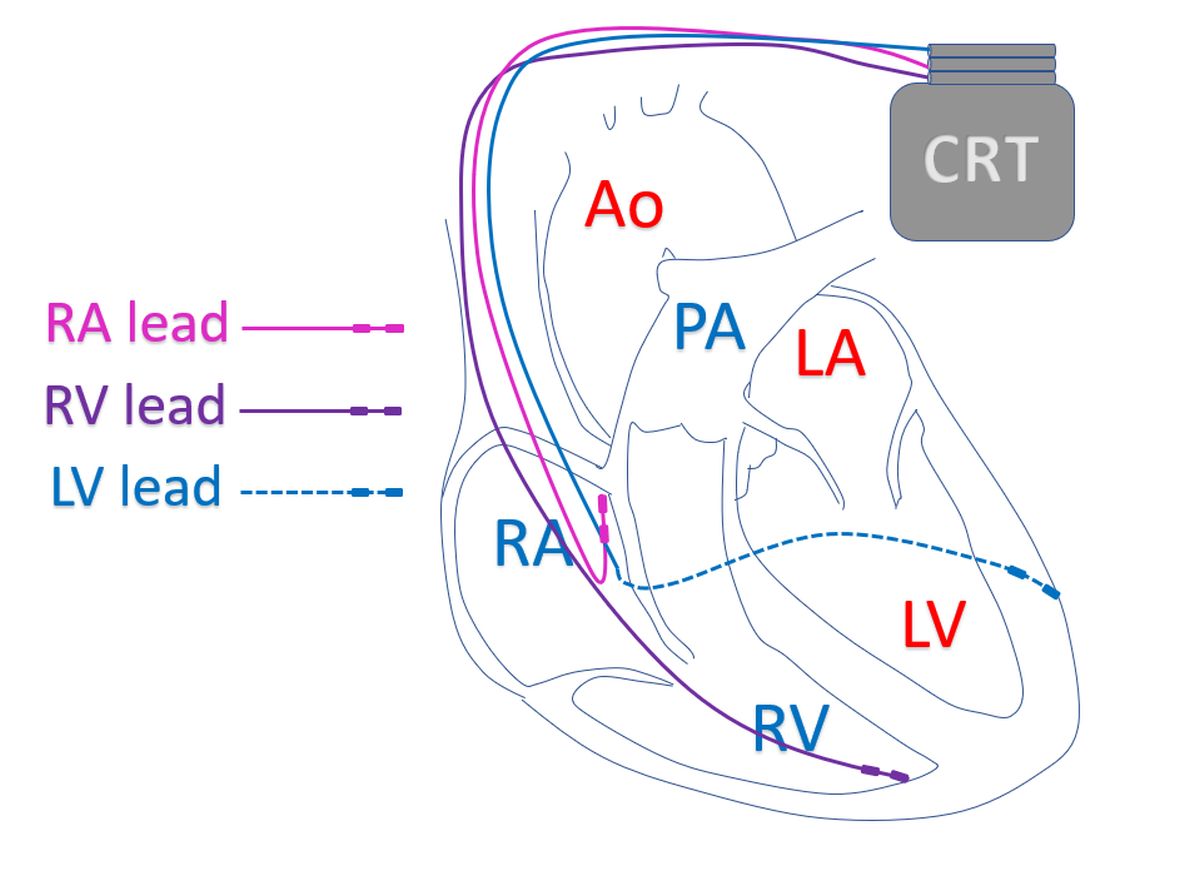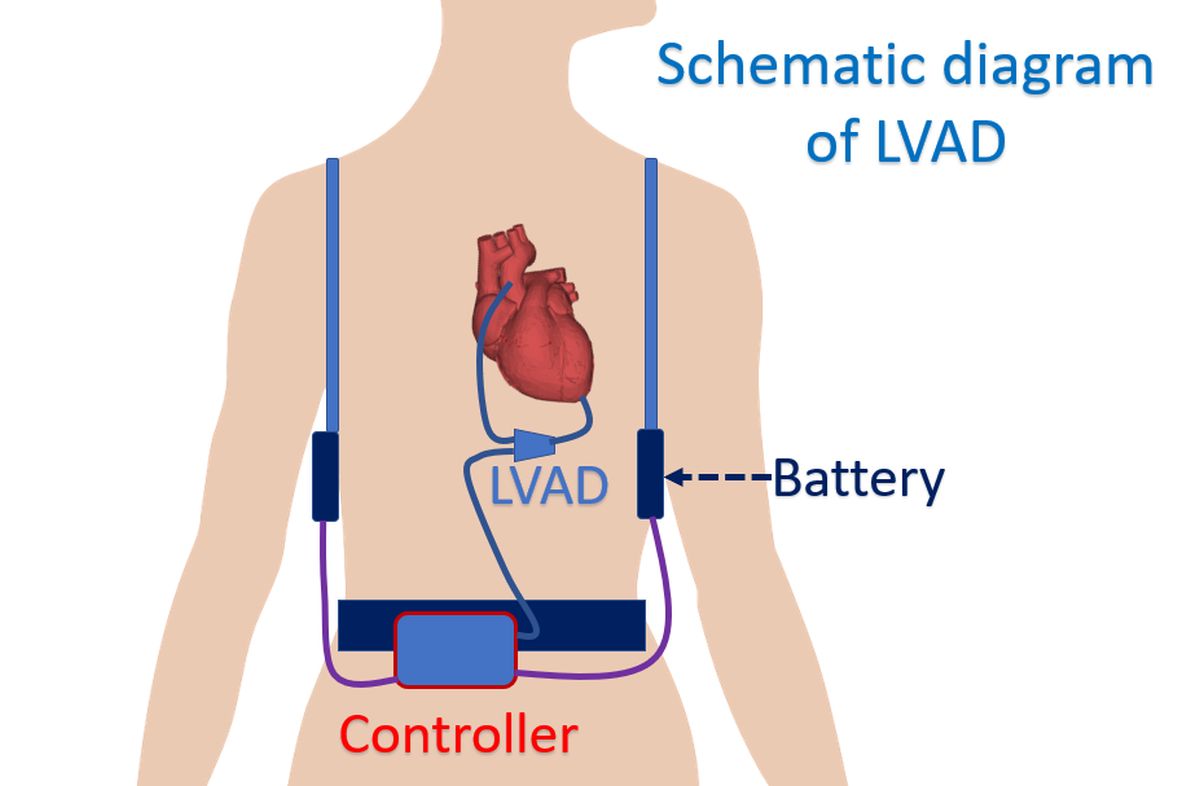What is heart failure device?
What is heart failure device?
Heart failure is failure of the heart to work up to the needs of the body. There are various types of heart failure like heart failure with preserved ejection fraction and heart failure with reduced ejection fraction. Former affects the filling of the heart while the latter affects the pumping of the heart. An important device used to support the failing heart with reduced pumping capacity has been called heart failure device. But the correct technical name is cardiac resynchronization therapy. It is not to be used in all types of heart failure, only in specific subgroups of heart failure.

Cardiac resynchronization therapy (CRT) is used when the contraction of the left ventricle has lost its synchrony. Left ventricle is the lower left chamber of the heart which pumps oxygenated blood to the whole body. In several patients with heart failure, there is lack of synchrony between the contractions of different parts of the left ventricle. When one part contracts, other part would not have started contracting. Only if all parts contracts in their normal sequence will the pumping function of the left ventricle be good. If there is dyssynchrony, it results in wasted contractile effort of the left ventricle and leads to heart failure.
Now how do you find out synchrony of contraction of the left ventricle? Echocardiography or ultrasound study of the heart is useful in finding out the sequence in which different parts of the ventricle contracts. There are different advanced modes of echocardiography which are available for this purpose, though it is time consuming and not always accurate. More common surrogate of dyssynchrony which is mentioned as the criteria for implantation of CRT is the width of QRS complex on the ECG. QRS complex represents the electrical activation of the ventricles. So if the QRS is widened, it is presumed that there is dyssynchrony. A left bundle branch block pattern on ECG with wide QRS complex is the often cited criteria. Left bundle branch block is the electrical block in the part of the conduction system which takes signals to the left ventricle.
In addition to this, the person should be having heart failure which has not responded to optimal medical therapy, to qualify for CRT. The pumping function of the left ventricle called ejection fraction, should be less than 35%, meaning that this mode of treatment is not for those with heart failure and preserved ejection fraction. The dyssynchrony is treated by appropriately timed electrical signals to the right atrium, right ventricle and left ventricle. Right atrium is the right upper chamber of the heart and right ventricle the right lower chamber. So in effect, CRT is a three chamber pacemaker, though it is not being implanted for increasing the heart rate like a usual pacemaker. While a usual pacemaker gives signals only when the heart rate falls, CRT gives pulses through out, in the programmed fashion.
Another type of device which is used in persons with heart failure is an implantable cardioverter defibrillator (ICD). Persons with heart failure are prone for life threatening heart rhythm disorders. An ICD continuously monitors the heart rhythm and gives electrical treatment if needed. If there is a fast rhythm from the lower chambers (ventricular tachycardia), it tries to suppress it by giving signals at a faster rate. If there is no response, ICD gives a properly timed direct current internal shock to correct the rhythm disturbance. In case the heart rate falls unduly, the ICD can also give electrical signals like a pacemaker to increase the heart rate. ICD gives immediate shocks for the more serious rhythm disturbance known as ventricular fibrillation, which is immediately fatal unless treated. CRT can be combined with ICD in a single device known as CRT-D, which is used when there is severe heart failure with risk of life threatening heart rhythm disorders.
Persons with advanced heart failure who cannot benefit by CRT are considered for left ventricular assist devices (LVAD). These replace the pumping function of the left ventricle. Though the devices can be placed inside the body, the power system is usually outside the body, with lines going out of the chest. LVAD is usually used as a bridge to heart transplantation for advanced heart failure. With newer LVADs, some also receive them as destination therapy when heart transplantation is not feasible. A truly implantable artificial heart which can work for a long period like the pacemaker with in-built batteries is yet to arrive.




